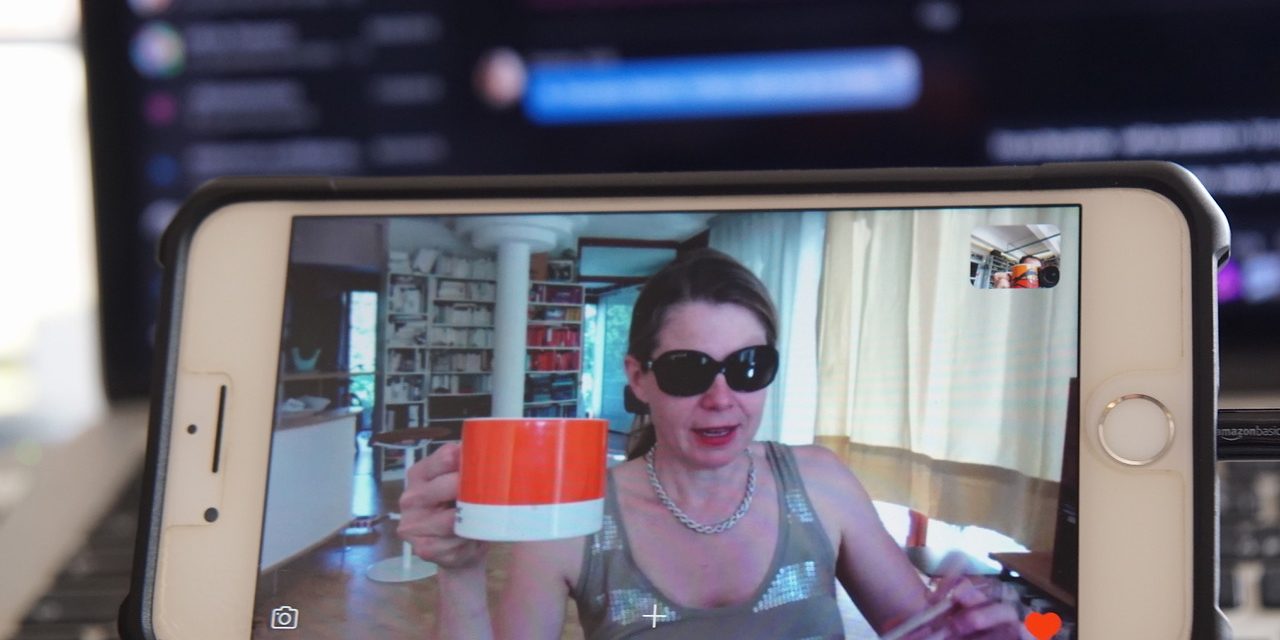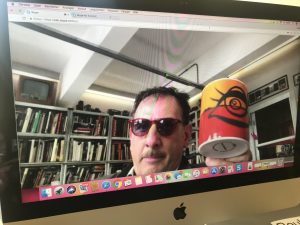Francesco Nencini is a creator of Italian award-winning commercial work. The master of cinematic advertising for big international brands. He has done brilliant advertising work like this one here for Italian oil and gas industry contractor SAIPEM:
I must say: I was extremely flattered when he told me my storytelling approach in video marketing should be the way brands are marketed today and he would love to talk with me about it. This is what we did.
CH: Francesco, according to you: What is the shift and why the transition from traditional advertising to storytelling?
Francesco Nencini: A few years ago, Prime Time was the safe ground of traditional advertising. Then the digital revolution happened and created the world wide web. That’s when companies happened to get lost in both transition and translation. The ones that had a strong identity already tried to keep up with the usual tales. While the ones that lacked a strong personality had the opportunity to fine tune a better one.
But the even greater revolution was the fact that any small or medium size company could at that stage start its own story and tell it by heart, without the strict rules played by traditional advertising so far. To me that’s how storytelling changed and how we all adapted to language that was closer to daily life rather than projecting people into the aspirational world of dreams.
CH: You have an incredible background. You were born into a family of storytellers, your father was a journalist for the Italian edition of Life Magazine, you graduated at New York University and you became the President of AIR3 Associazione Italiana Registi, the Italian Directors’ Guild. How did this influence your work and how does it influence your current work?
Francesco Nencini: Thanks for reminding me, Caroline: roots are where it all began, true. And my first basic ingredients had to do with words and still pictures. I guess it was easy at that stage to upgrade and get them moving together within a cinematic background. My curiosity and the desire to cultivate different skills did the rest.
I really think that in order to tell stories one needs to speak the language of his audience. And nowadays that language is public and at ease: all you need to do is to spend a good amount of time on social networks where visual communication is going back to simpler forms. While the golden age of stunning visuals is slowly falling apart. I would say that content promoting a product once needed to be beautifully crafted. While today it just needs to be simple, effective and believable.
CH: Italian people are known for their big hearts, their passion and their authenticity. Would you say Italians are therefore also the best storytellers?
Francesco Nencini: I think that every place is great at telling its own stories. And those with a sense of humour mixed with authentic emotions are my favourites. In fact Italian stories always had to do with love, drama and being authentic. They were always sung out loud, with the help of hand gestures. But hopefully that’s not the only thing we’re good at. We’re also pretty good at discussing governments that never happen for instance…
CH: Which storytelling trends do you see for 2019? This is usually something people want to know in the end of a year/ beginning of a new year. But as we both are not running usual agencies we don’t care.
Francesco Nencini: I hate to say this, since it’s something influenced by the companies who run social networks, but next year’s big thing is definitely something that’s already here: Instagram and Facebook Stories. This means that the time available to capture an audience’s attention will be cut down to 15 seconds for all of us who need to communicate a video message. If you think that Andy Warhol predicted that “In the future, everyone will be world-famous for 15 minutes”, we must have lost something along the way…
Last but not least: What is your opinion on my latest storytelling video I did for a client:
Francesco Nencini: Like clients, I always like to look at thing three times. And the fact that I don’t speak a word of german makes it even more necessary. At the first run, I found the communication quick and effective with an authentic feel for the brand. I then focused on the fact that people seem to belong to the countryside. And finally appreciated having understood what it’s all about even though the spoken language didn’t help me.







